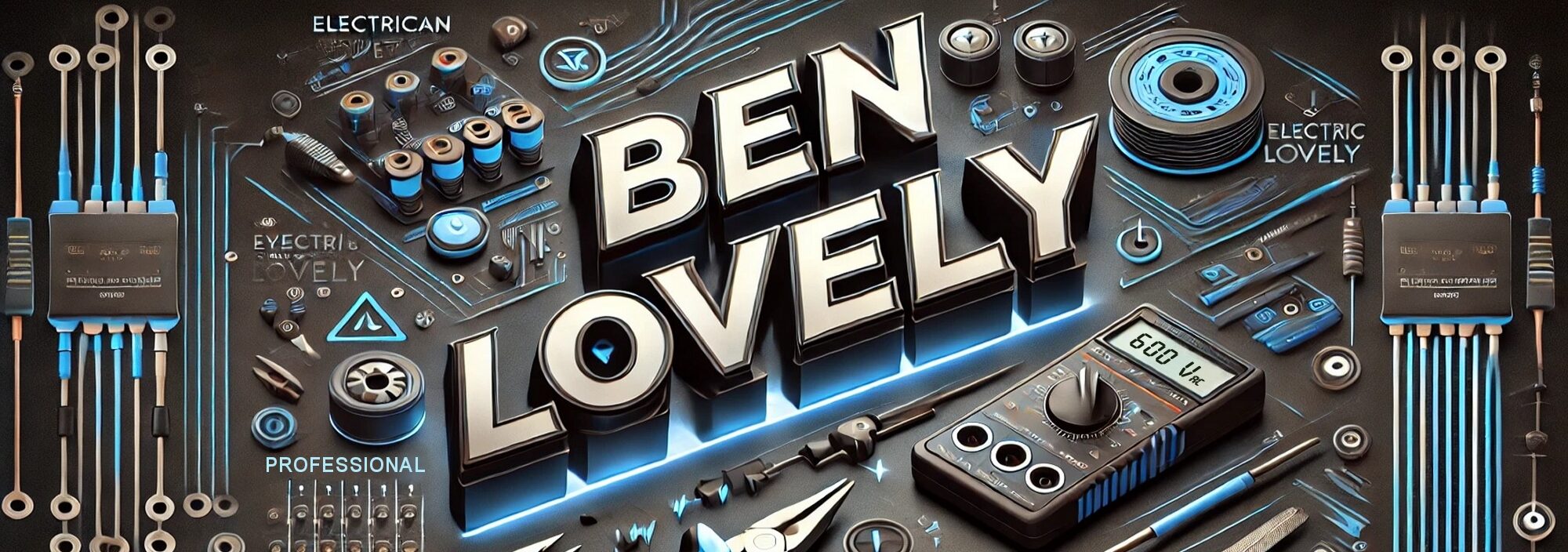Technology for Teaching & Learning @ TRU Homework
This post is solely to showcase use of WordPress for a homework assignment. Assigned tasks: Linking to an uploaded document: Higher Order Thinking Skills in Vocational Training Link to a different website: Technical Safety BC Embedding a link to a YouTube video: And a picture:
